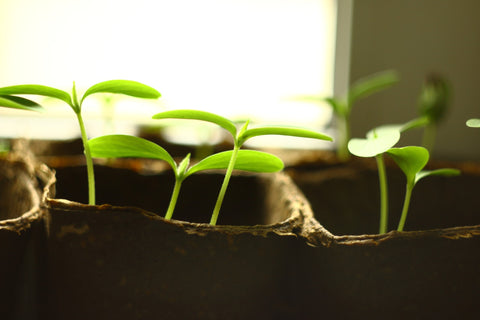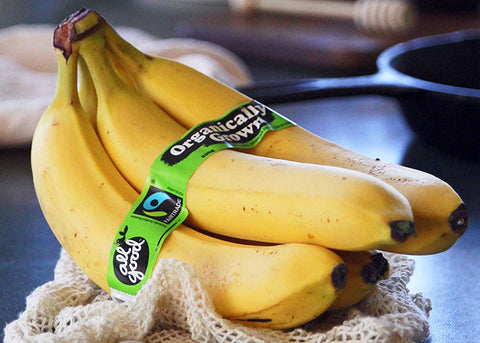In recent times there has been a real shift in our connection to the food we are putting into our bodies. Even until recently only around 12% of consumers bought free range eggs. According to some reports that figure has jumped to 51%. Now it seems there is a growing trend for people to create their own self sufficient food producing gardens. But where to start and what to do?
Hopefully this layman’s guide to creating your own organic vegetable garden will provide you with some tools and inspiration to help you create your own little piece of food paradise.
What you'll need:
Space – even 2m² will suffice
Compost / soil
Seeds / plants
Sunshine & water
Spade and garden fork
Step 1: Pick a sunny, sheltered and preferably flat area to build your garden.
Dig down 5-8 cm using the spade horizontally to cut off the root system off the grass.Using a garden fork break up the soil and mix in a couple of bags of Daltons organic compost.
Step 2: Edge your garden with stones or bricks.
This protects your garden from being walked over. Now you’re ready to plant!
Step 3: Choose your favourite vegetables to plant.
Popular vegetables include lettuce, tomatoes, beans, courgettes, cucumbers and of course herbs are always great in a garden.
Step 4: Plant your seedlings providing ample space for each variety to thrive.
Here's a few quick notes on how much space some of our favourite seedlings will need and how much time they take to grow.
Lettuce takes around 2-4 weeks to grow and each plant needs around 15cm in diameter.
Tomatoes take around 6-8 weeks to grow from seedling. If you place stakes in the ground each plant should grow vertically up the stakes, not much space horizontally is needed at all.
Herbs take 2-4 weeks to mature and generally each plant will need around 6-8cm in diameter. These can grow quickly, so you'll need to regularly cut herbs back.
Growing beans is easy, they grow up and along stakes just like tomatoes and take around 6-8 weeks to grow.
Courgettes need quite a big planting area, about 1m². They'll take about 4-6 weeks to grow. Once they mature they'll grow into big marrows quickly. Both are great but smaller courgettes are tastier.
Step 5: Look after your new garden!
For a completely natural pest control that kills and repels insects and feeds plants, try Betta Crop ready-to-use Garlic and Pyrethrum pesticide. It’s non toxic, biodegradable and is proven to eradicate 98% of all types of insects.
Water your garden early in the morning or in the early evening. Watering in the middle of the day can cause plants to burn but too late could encourage plants to infect. If you do water in the evening, water early enough for your garden to dry a little before dark.
Feed plants and soil with great natural fertilisers such as worm juice, comfrey tea, seaweed, animal manure and well composted food scraps.
Some crops may require light netting over the top to stop birds from beating you to your produce.
Other useful tips
Most herbs are perennial meaning the same plant will live for many years.
Vegetables are annual meaning they need to be planted every year.
For a great green salad, try planting 2 types of lettuce, parsley and rocket.
Companion planting works really well. For example tomatoes & basil grow well together.
Hedgehogs make really good slug deterrents.
Pop into one of our stores for seeds, seedlings, seed raising mix, organic gardening supplies (slug repellent, fertiliser etc.) and advice.




